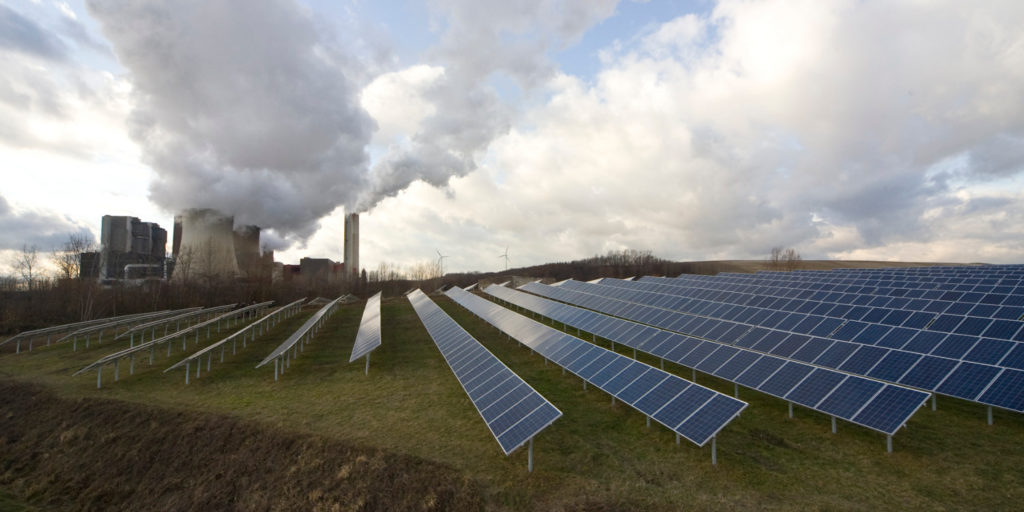“In 2017, more generating capacity was produced from renewable energy than from conventional energy sources for the first time.”
That is one of the core findings of the monitoring report published today on the development of the German electricity and gas markets, by the Federal Network Agency and the Federal Cartel Office. The total generation capacity installed in Germany increased 5.8 GW, to 217.6 GW. Of that, 112.5 GW came from renewables and 105.1 GW from conventional power plants.
Electricity generation remained at 601.4 TWh, roughly the same level as that seen in 2016. Renewables, however, continued to increase their share of electricity generation. According to the report, renewable energy accounted for 36% of gross electricity consumption of 579.9 TWh, and this year a further rise to about 39% is expected.
Non-renewable energy production fell disproportionately, especially from coal-fired power plants.
The report reveals renewable energy supplied around 204.8 TWh, with around 78% of that figure sold directly on the market.
Renewables lead to fresh price competition
Popular content
As a result, the German authorities are seeing a revival of competition in the electricity market. “The market concentration for conventional power generation continued to decline in 2017,” said Andreas Mundt, President of the German Cartel Office. “In particular, the combined market share of the largest providers has decreased further, compared to previous years.”
The sale of the lignite coal business of Vattenfall contributed to the “de-concentrating effect” and the Federal Cartel Office expects the trend to continue in view of the sale of Eon subsidiary Uniper to Finnish competitor Fortum.
For consumers, increased competition on retail markets for electricity and gas brings price advantages.
“The market share of the highest-volume electricity providers for standard customers and high-performance customers has continued to decline compared to the previous year, and remains … also on the two largest gas retail markets, well below the threshold from which a dominant position could be assumed,” added Mr Mundt.
The average electricity price for household customers remained stable, thanks partially to declining network charges and stagnating allocations.
This content is protected by copyright and may not be reused. If you want to cooperate with us and would like to reuse some of our content, please contact: editors@pv-magazine.com.



1 comment
By submitting this form you agree to pv magazine using your data for the purposes of publishing your comment.
Your personal data will only be disclosed or otherwise transmitted to third parties for the purposes of spam filtering or if this is necessary for technical maintenance of the website. Any other transfer to third parties will not take place unless this is justified on the basis of applicable data protection regulations or if pv magazine is legally obliged to do so.
You may revoke this consent at any time with effect for the future, in which case your personal data will be deleted immediately. Otherwise, your data will be deleted if pv magazine has processed your request or the purpose of data storage is fulfilled.
Further information on data privacy can be found in our Data Protection Policy.